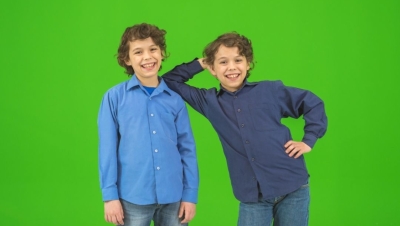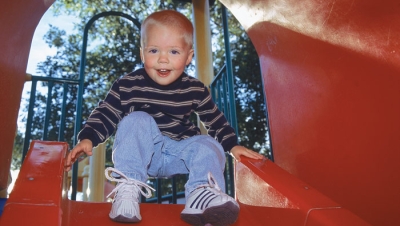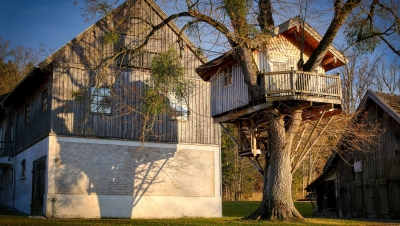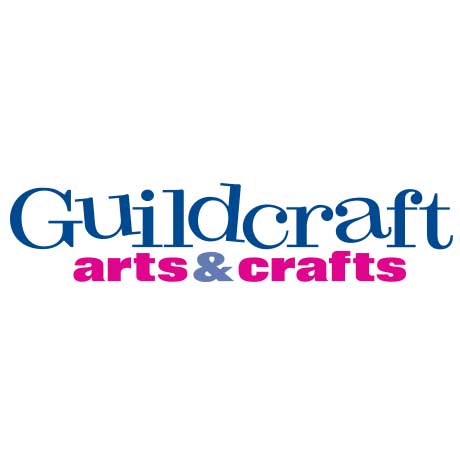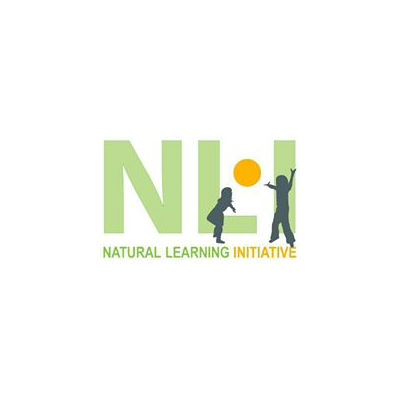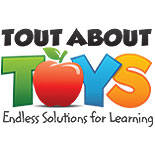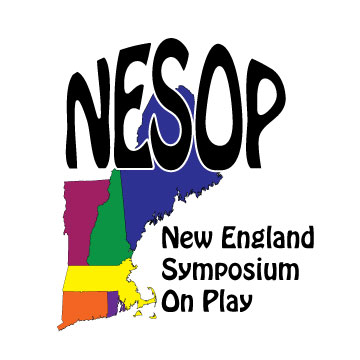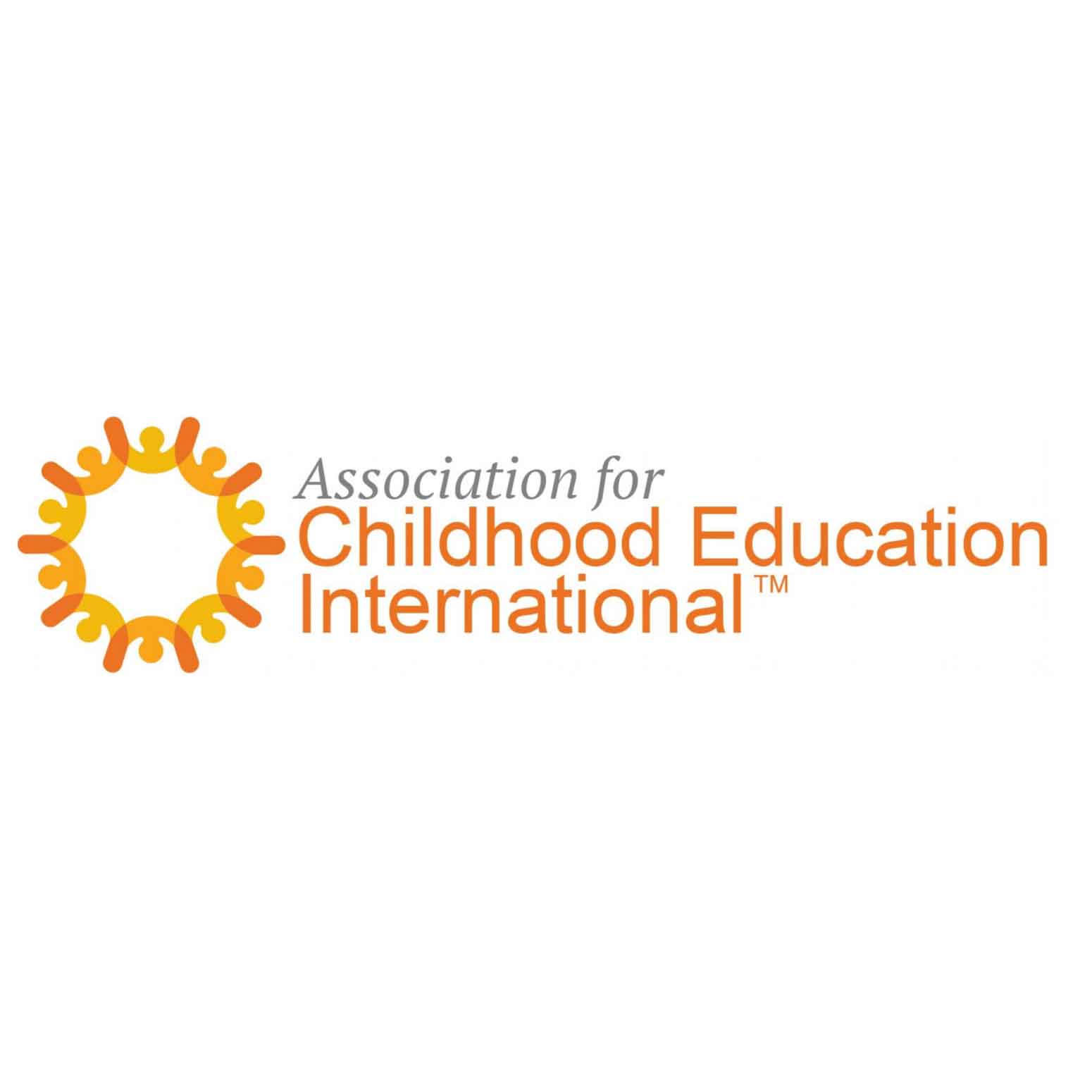Classroom Success Needs a Strong Foundation of Physical Play
From spinning to log rolling, swinging to sliding.
My business is built on getting kids physically active. I spend a lot of time in schools, and I keep hearing the same things from veteran teachers: kids are wiggly and struggle with focus, more now than in the past.
Too often, an adult’s first reaction is to assume that a child is poorly behaved. The prescription is to admonish the child, saying, “Sit still!” to a squirmy child, or “Focus!” to a distracted child.
But what if the squirming and inattention aren’t simply misbehavior? What if, instead, there is something key missing from their development? What if all that wiggling comes from a reduced vestibular function?
“Vestibule” means entryway. The vestibular system is the entryway to the brain making it the control center for all learning, executive function, and self control. As we know, a successful classroom experience starts with the ability to pay attention, control behavior, and control the body. A well-developed vestibular system is the foundation for that classroom success.
The vestibular system is housed in the inner ear where it can detect our movement, recognizing right side up and upside down, movement and stillness. The vestibular system is intricately connected to balance, and balance relies heavily on core strength and vision. Integration of all four - vestibular system, balance, core strength, and vision - is essential for success in school and in life.
Sadly, today’s children have balance and core strength that lag those of children from just a few years ago. One recent study found ten year olds’ ability to perform a standard sit-up test fell dramatically over a 16 year period at the turn of this century. Another study found only 1 in 12 children meet the same balance benchmarks as those from children 30 years ago. In other words, two pieces of the vestibular puzzle - balance and core strength - aren’t strong enough to support development and learning. In school, adults expect kids to perform as if these systems are fully intact. This disconnect leads to all the reports of wiggly, distracted students.
What does it look like when a child has a well-developed vestibular system? Fundamentally, this child can control his balance and his body when he moves. This control looks like:
- Ability to start and stop movement with control
- Ability to climb with confidenceComfort on a swing
- Comfort somersaulting or jumping
This child knows that his body will adapt to his surroundings and his movement. How does this system translate to the classroom? A well-developed vestibular system allows a child to:
- Sit comfortably at a desk
- Hold his head up and stay stable in the chair
- Walk in a line without bumping into other children or the wall
Accomplishing all of these school-based tasks means that the vestibular system is hard at work.
But there is more. The vestibular system is built through movement like spinning, sliding, and hanging upside down. That type of movement helps our eyes and brains develop a focal point - an understanding that the world is not moving when we move our bodies. When a child is upside down, the vestibular system kicks in to reassure the child that the world is still right side up. This focal point is essential for balance and feeling secure in the body. But, it also helps us focus on letters and words on a page. If the vestibular system is underdeveloped, then the letters and words jump on the page, making it very hard to learn to read and write.
Further, the vestibular system helps us manage information, stay focused, and attend to tasks. If it is not well developed, we can easily become overwhelmed by the amount of information that we are hammered with all day. If the brain cannot filter unnecessary distraction from pertinent information, the system gets overloaded and the brain shuts down. Externally, that shut down looks like spacing out, inattention, or ignoring. But in truth, it is the lack of vestibular development.
If we don’t give children the chance to build the vestibular system through play, they will use movement to build it at other times - running, spinning, and wiggling when adults want them to be still, like circle time, lining up for the bus, or dinner time. Worse - all of that movement trying to build underdeveloped vestibular systems looks a lot like ADD, ADHD, or just poor behavior. The child’s body is screaming for movement to strengthen a weak vestibular system, and the adults around that child are frustrated by poor behavior - a recipe for frustration all around.
So what is the best prescription? Address the under-developed vestibular system. Strengthen this sense by moving through space with activities like:
- Riding a bike
- Swinging
- Rocking in a rocking chair
- Lying on the couch head down and looking at the ceiling
- Rhythmic bouncing or rolling on a large exercise ball
- Hoppy balls
- Riding in a wagon
- Riding in a sled
- Pulling a child in a blanket
- Jumping on a trampoline
- Log rolling
- Sit and spin
- Spinning in office chair
- Scooter boards
- Dancing
- Marching
- Twirling
- Jumping rope
- Moving backwards
- Sliding
- Climbing on playground equipment
- Shaking the body
- Stretching the body
- Passing ball over head and under legs
- Somersaulting
- Swimming
- Cartwheeling
- Obstacle course: under, over, through, soft and hard surface, balance
- Hanging upside down
- Yoga
We can all agree, this is a lot more fun than “Sit still!” and “Focus!” And, it is a lot more effective.
Children crave movement that builds their vestibular system. When we give them the opportunity to play, they will be better prepared for classroom success and academic achievement. So consider this: If teachers are finding kids are more wiggly than they used to be, and we know kids are more sedentary than they used to be, perhaps what is missing in their development is, you guessed it: MOVEMENT.





